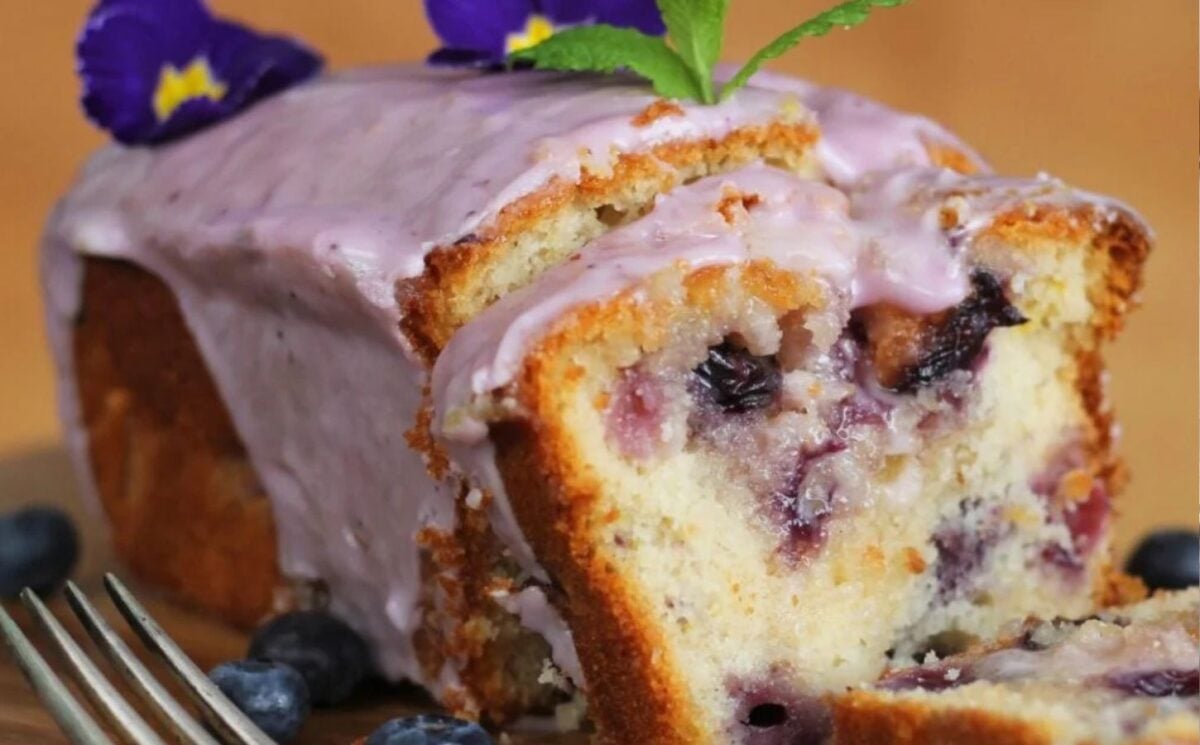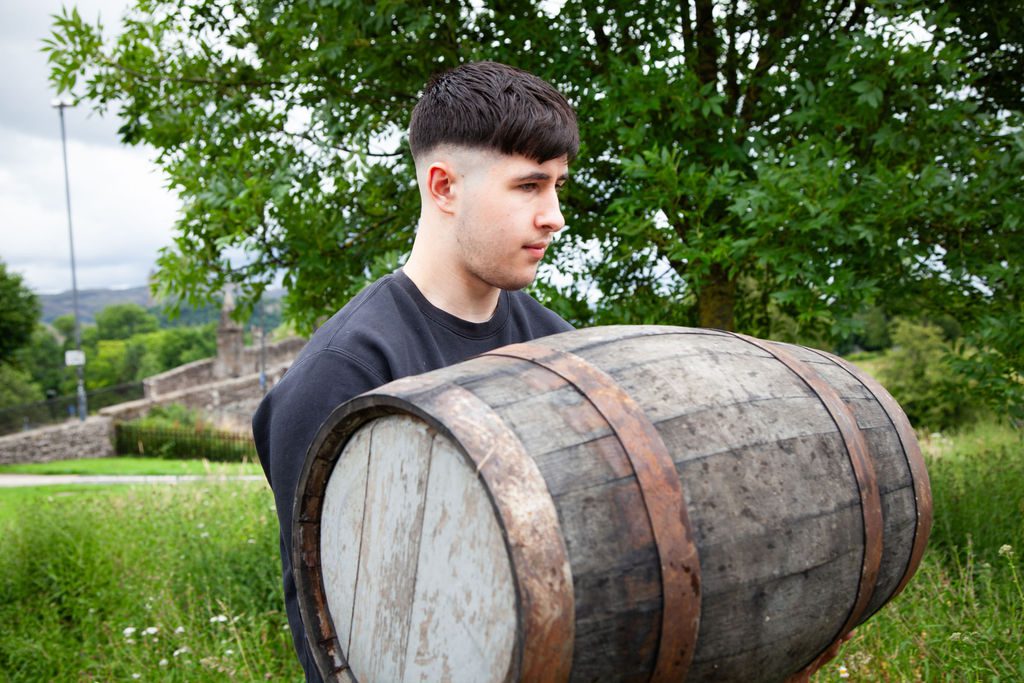Mexico has given the world two of the most beloved liquors that have been putting it in high spirits for years — tequila and its smokier cousin, mezcal. Together, they account for billions of dollars in global exports. But another drink from Mexico has been generating some serious buzz after brewing under the radar for decades.
Sotol was banned from production from 1944 to 1994 after gaining a bad rap as Mexico's version of moonshine. Moonshine is a potent, unaged spirit, like white whiskey , typically made in unregulated, underground home stills. Much like moonshine, sotol is traditionally made in small operations by indigenous peoples of the Chihuahuan Desert, using the juice of the dasilyrion or sotol plant.

Sotol's image was tarnished by many factors, most notably the growing global appeal of regulated alcohol like tequila and mezcal. This was coupled with the impact of Prohibition. While it wasn't illegal to consume alcohol during Prohibition , the sale and purchase of most types of alcohol was banned in America.
The law had a ripple effect in Mexico, and the country responded by clamping down on unregulated regional distilling. This reduced sotol's image to a rough, rural, and illicit drink made for ranchers, a stigma that eventually contributed to its ban. Sotol made a wild-card comeback in 1994 when the ban was lifted.
In recent years, it has made its way into the mainstream, standing on par with premium spirits on bar shelves around the world. But the battle has been a long one for this spirit that has simmered in a stew of controversy for decades. Sotol's controversial past and present-day dilemma Sotol has been deeply woven into the culture of the Chihuahuan Desert for centuries, with recipes handed down through generations.
Even as the narrative shifted, people continued to make and sell sotol in the countryside. This was happening despite the ban and only reinforced its image as an illicit spirit. While the lifting of the ban in 1994 served as the catalyst that pushed sotol onto the global stage, the path hasn't entirely cleared for this spirit.
In 2002, the Mexican government established a Denomination of Origin (DO) for sotol. This meant that a drink could only be labeled sotol if produced within the states of Chihuahua, Coahuila, or Durango. Spirits made from the sotol plant outside of these states are labeled cucharilla.
The DO has helped protect the drink by recognizing its unique cultural roots. However, while the U.S.
honors DOs for mezcal and tequila, it does not recognize the DO for sotol, which was still banned at the time the North American Free Trade Agreement (NAFTA) was drafted. While NAFTA has since been replaced, the updated trade agreement still does not recognize the DO for sotol. This creates legal complications for Mexican producers and makes it difficult for sotol to compete on equal footing with other spirits.
How is sotol different from tequila and mezcal? Though its journey hasn't been as smooth as that of mezcal and tequila, sotol is increasingly mentioned alongside Mexico's better-known spirits. But the three are quite different from each other. Mezcal can be made from different varieties of agave, while tequila comes exclusively from the blue agave plant.
This makes tequila a type of mezcal . Sotol, by contrast, is typically crafted from the fermented and distilled juice of dasylirion wheeleri, a type of dasylirion also known as desert spoon. The drink can also be crafted from other dasylirion varieties, but dasylirion wheeleri is the most commonly used.
Unlike agave, which is typically farmed, most dasylirion used for sotol is still harvested in the wild. In terms of flavor, sotol has fewer of the smoky undertones that define mezcal and is not as citrusy or crisp as tequila. The climate where dasylirion grows largely determines the spirit's character, ranging from bright and grassy to earthy, with vegetal notes.
As more people curate the spirit and create artisanal variations, this broad flavor profile is only expected to expand further, making the drink worth a few shots..
Food

Why This Mexican Liquor Was Illegal For Half A Century

While tequila and mezcal are popular spirits from Mexico, another regionally beloved spirit was banned from 1944 to 1994 and is now making a comeback.















